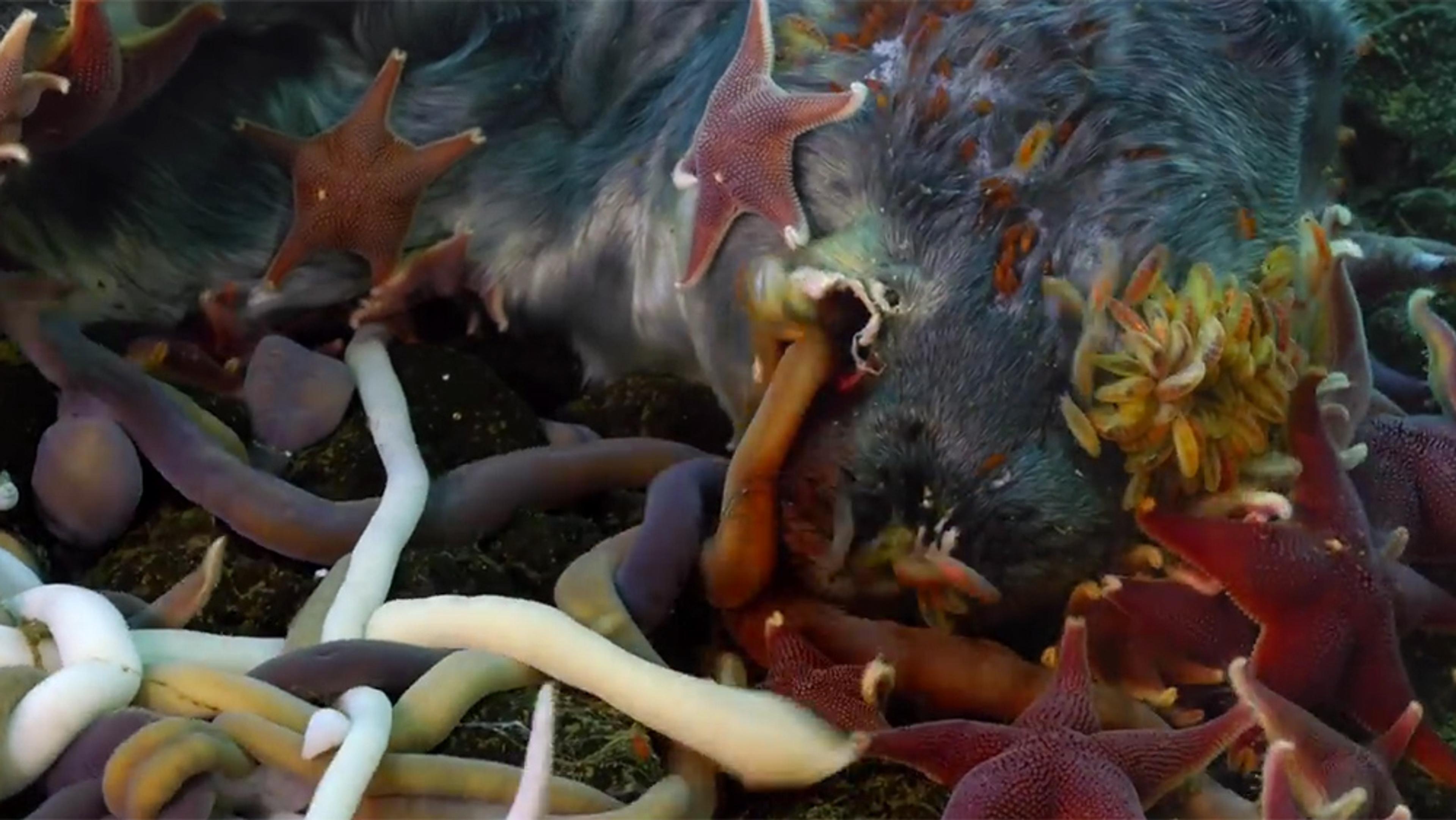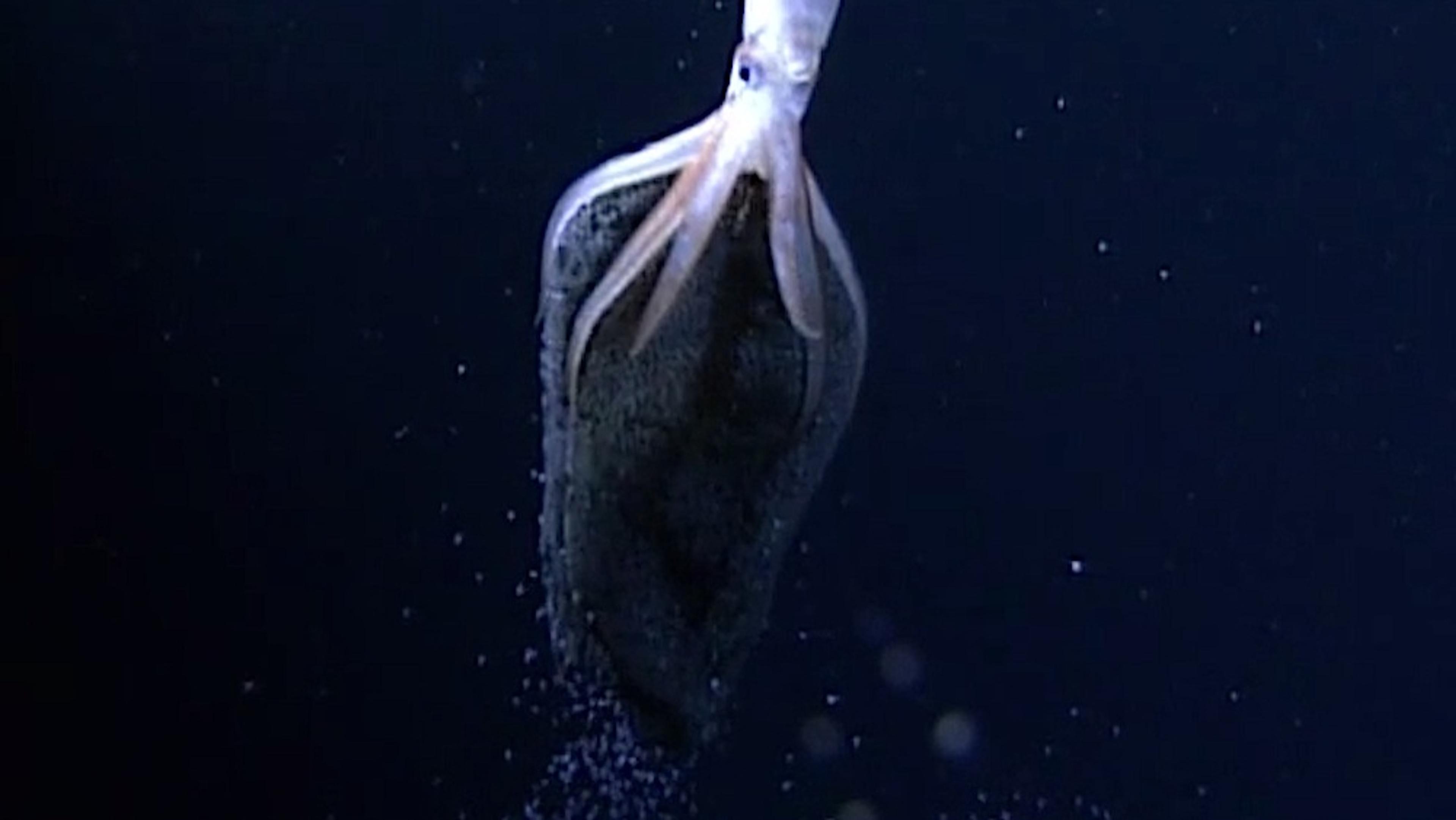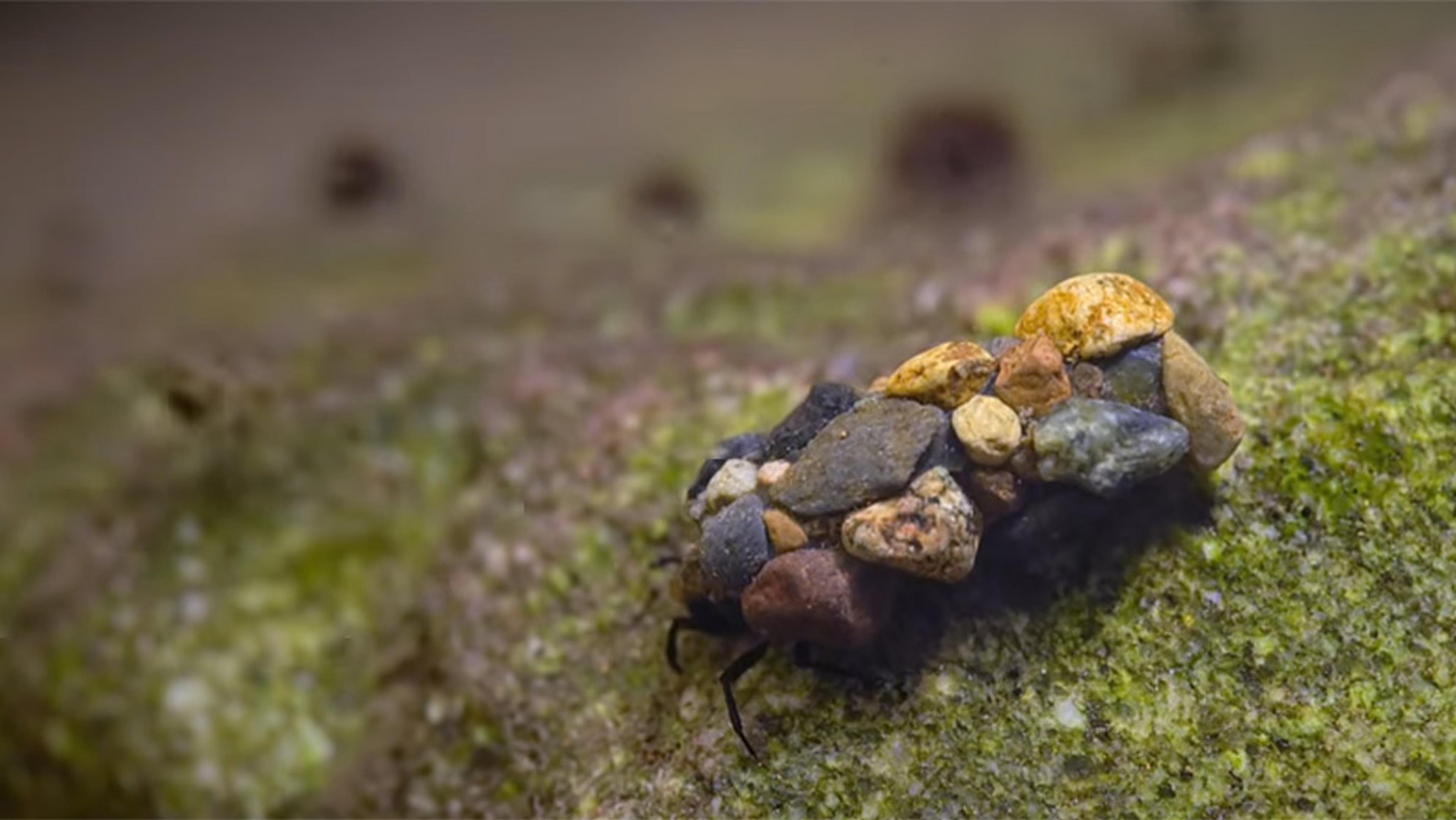Most starfish take a rather laissez-faire approach to parenting, releasing millions of sperm and eggs into the water. This somewhat scattershot means of reproduction is known as broadcast spawning. However, as this video from the science documentary series Deep Look details, the six-rayed sea star (Leptasterias hexactis), which stands out among starfish for its extra ‘arm’ and diminutive size, is also rare for its active approach to raising its young. Capturing its lifecycle via stunning 4K microscopy, this video explores how, like many birds, these starfish ‘brood’, keeping their offspring close until they’re ready to venture out on their own. By tending to far fewer offspring than their broadcast spawning cousins, while giving them a far higher chance of survival, these fascinating sea creatures demonstrate there are myriad ways to parent in the animal kingdom – even among quite similar animals.
A spectacular, close-up look at the starfish with a ‘hands-on’ approach to parenting
Video by KQED Science
Producer, cinematographer and writer: Josh Cassidy
Narrator and writer: Laura Klivans
29 July 2024

videoBiology
If a sea urchin survives the incredible tumult of youth, it’s nearly immortal
3 minutes

videoEvolution
Slime trails and ‘love darts’ – on the strange, slow skirmishes of snail sex
4 minutes

videoEcology and environmental sciences
Watch as wanderlust propels mussels on epic journeys worthy of a Pixar movie
5 minutes

videoEvolution
Pygmy seahorses survive by disappearing into the world around them
2 minutes

videoBiology
Far from sluggish: the remarkable sea creature that weaponises its dinner
4 minutes

videoBiology
Join massive, ancient carnivores for a rare feast beneath the Antarctic ice
3 minutes


